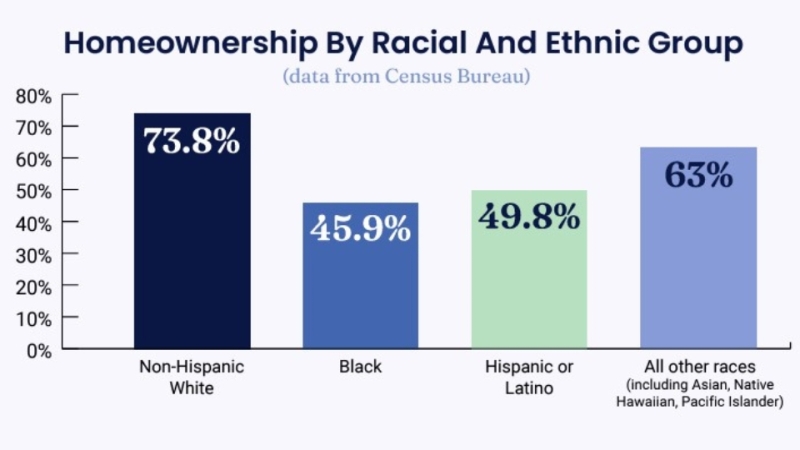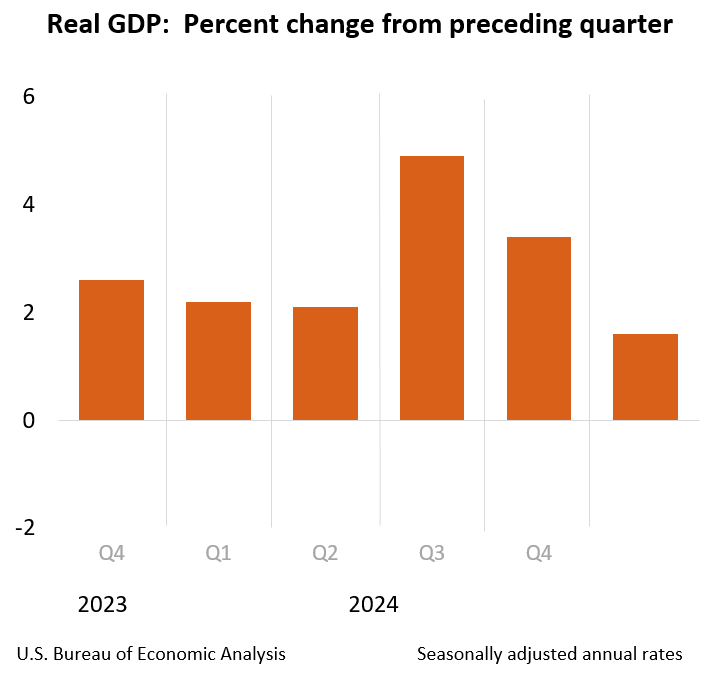Advertisement
HUD Announces Steps to Help Avoid Radon-Induced Lung Cancer

The U.S. Department of Housing and Urban Development has taken significant steps towards eliminating radon exposure in renter-occupied homes by issuing two new policies that will incorporate radon testing and mitigation into HUD programs to help prevent some of the estimated 21,000 lung cancer deaths radon causes in the United States every year.
HUD’s Office of Multifamily Housing new policy requires radon testing and, if applicable, mitigation for most new FHA-insured construction, conversion and substantial rehabilitation projects, as well as most FHA-insured refinance transactions. Radon testing and mitigation is not required for refinance projects located in low risk areas, or if a certified Radon Professional determines that radon risk is sufficiently low for the project.
“We are confident that this policy will effectively mitigate the risks of radon exposure for residents of FHA-insured multifamily housing in a sensible and cost effective way,” said Marie Head, Deputy Assistant Secretary of HUD’s Office of Multifamily Housing Programs.
Radon is a priority of the Federal Radon Action Plan, developed by a federal government interagency team chaired by the U.S. Environmental Protection Agency (EPA). “This invisible air hazard in homes is preventable and there are straight-forward, low-cost solutions to protect families against radon risks,” said Janet McCabe, EPA Principal Deputy Assistant Administrator for the Office of Air and Radiation. These new HUD policies will better protect thousands of Americans in the years ahead.”
The notice published by HUD’s Office of Public and Indian Housing’s informs Public Housing Agencies about the risks from radon exposure, and points out that the best way to mitigate radon is to prevent it from ever entering a building. The Notice strongly encourages Public Housing Agencies to proactively plan and complete radon testing and mitigation.
“Our radon policy is an important first step to raise awareness about the dangers of radon,” noted Sandra B. Henriquez, HUD’s Assistant Secretary for Public and Indian Housing. “We look forward to continuing to examine additional ways that radon testing and mitigation can be incorporated into HUD’s Public and Indian Housing programs.”
“These two HUD Offices have started a policy movement we hope all owners of multifamily housing will consider,” said Jon L. Gant, Director of HUD’s Office of Healthy Homes and Lead Hazard Control.
About the author





